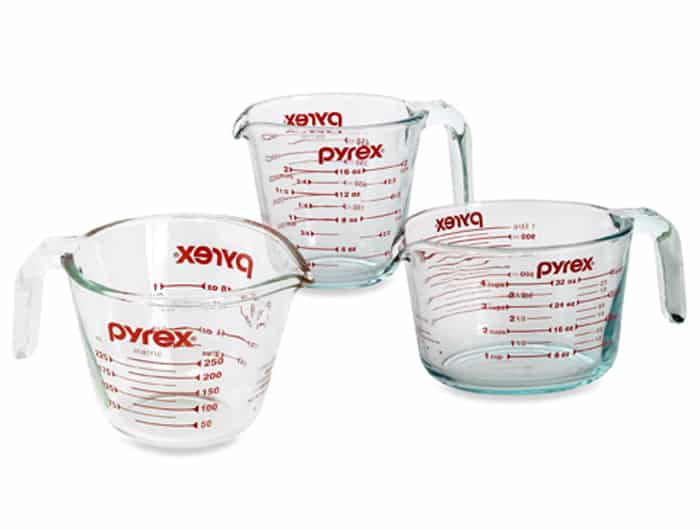How to Choose the Right Measuring Cups for Your Kitchen
Measuring cups are essential when accuracy is necessary in a recipe. Although you might get away with a pinch of this and a splash of that in some dishes, in others—baking in particular—precision is key if your recipe is going to succeed. Measuring cups are a fundamental tool for every kitchen, and today, there are many tempting options to choose from.
Evaluate the features of the wide variety of measuring cups available to find the ideal ones for your kitchen and cooking style.
1. Types of Measuring Cups
There are two main types of measuring cups:
- Dry Measuring Cups:
- Come in sets (1/8, 1/4, 1/3, 1/2, and 1 cup)
- Usually made of plastic or metal
- Flat-topped for leveling off ingredients
- Liquid Measuring Cups:
- Available in capacities like 1-cup, 2-cup, and 4-cup (and larger)
- Shaped like pitchers with spouts for pouring
- Made of clear plastic or glass to view levels accurately
- Most are microwave-safe
Since most cooking involves both wet and dry ingredients, it’s best to own both types—or invest in a dual-function model that can handle both.
2. Materials
Measuring cups are available in various materials, each offering unique benefits:
-
Stainless Steel:
- Best for dry ingredients
- Durable, stain and scratch-resistant
- Does not absorb odors
- Usually hand-wash only
-
Plastic:
- Used for both dry and wet ingredients
- Wet-use versions are transparent
- May absorb odors and stain over time
- Not always heat-resistant unless silicone-based
- Usually dishwasher-safe
-
Glass:
- Primarily for wet ingredients
- Oven and microwave-safe
- Non-porous—resists odor and stains
- Easy to read and dishwasher-safe
3. Storage Capabilities
- Steel and plastic cups are often stackable for easy drawer storage.
-
For limited space, consider
collapsible measuring cups. - Some glass models come with lids for storing mixed ingredients directly in the cup.
4. Time-Saving Features
- Angled Measuring Cups: These allow you to view measurements from above, eliminating the need to bend down and check eye-level accuracy.
-
Adjustable Measuring Cups:
Plunger-style cups let you set the measurement, fill, and push out sticky ingredients like honey cleanly and quickly.
Now that you’re familiar with the types, materials, storage options, and innovative features of measuring cups, you can make an informed decision on the best set to suit your cooking style and kitchen needs.

